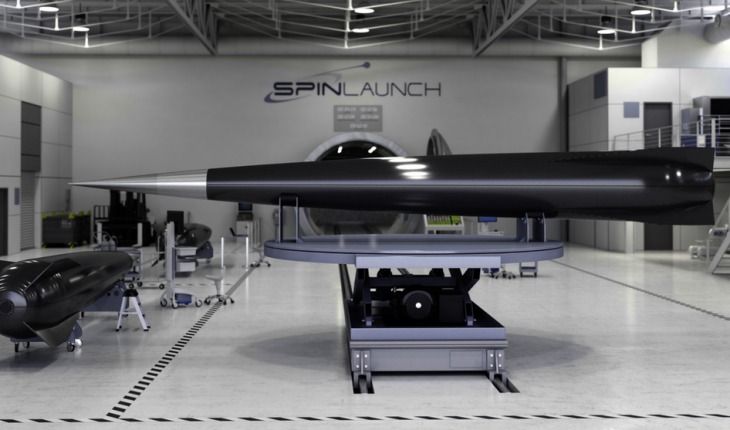SpinLaunch Inc. has closed a $35 million Series A funding round with a powerhouse syndicate of investors. Investors include Airbus Ventures, GV (formerly Google Ventures), and Kleiner Perkins. This syndicate joins institutional investors including Lauder Partners, ATW Partners, Bolt, and Starlight Ventures to total $40 million. Investment funds will be used to scale the team and technology, through first launch by 2022.
SpinLaunch is revolutionizing access to space by developing a kinetic energy launch system designed to provide the world’s lowest-cost orbital launch service for the rapidly growing small satellite industry. Their environmentally responsible approach is unmatched in the industry. SpinLaunch is currently considering four different states for potential launch sites within the United States.
Spinlaunch use large centrifuges to store energy and will then rapidly transfer that momentum into a catapult to send a payload to space at up to 4,800 kilometers per hour (3,000 mph). If successful, the acceleration architecture is projected to be both lower cost and use much less power, with the price of a single space launch reduced to under US$500,000.







